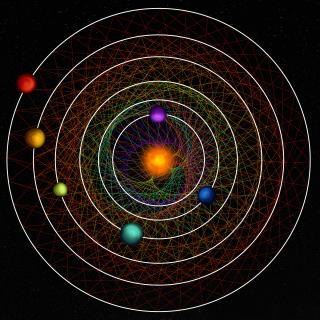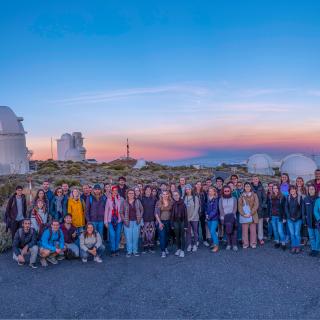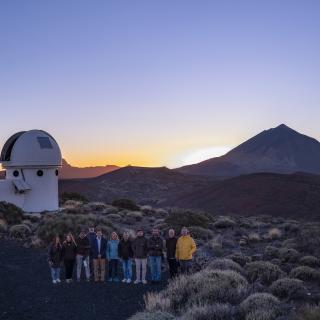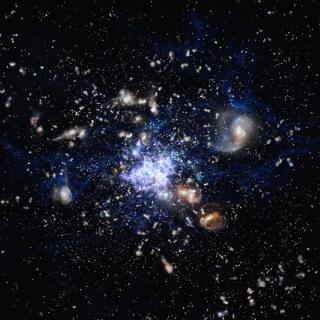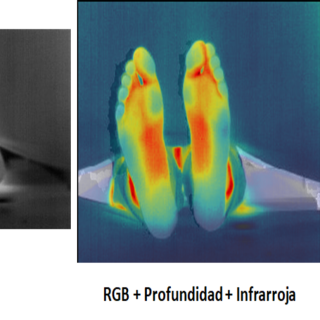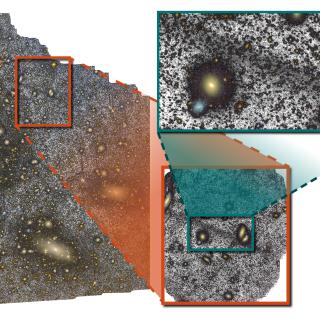
An international team of scientists, with participation by researchers at the Instituto de Astrofísica de Canarias (IAC), has discovered a very large, but thin, stream of stars in the Coma cluster of galaxies. This is the largest stream of stars detected until now, and the first to be found in a cluster of galaxies. This finding, which is published in the journal Astronomy and Astrophysics, was made using observations taken with the William Herschel Telescope (WHT) at the Roque de los Muchachos Observatory (Garafía, La Palma, Canary Islands). The Coma Cluster is a large cluster of galaxies
Advertised on
